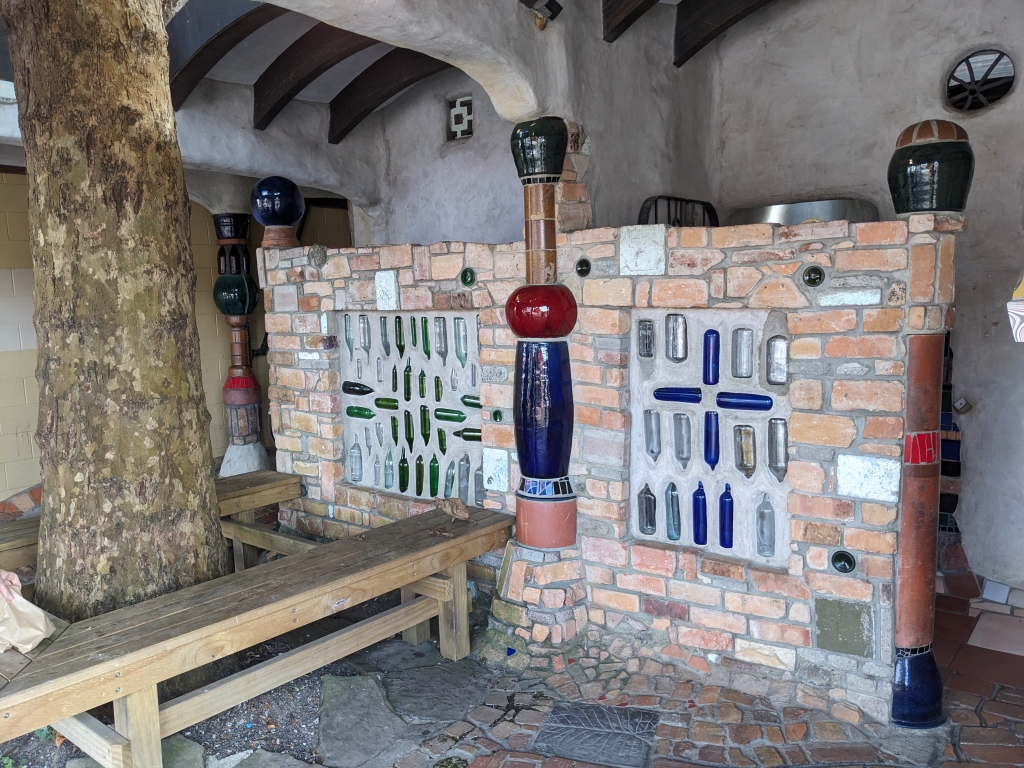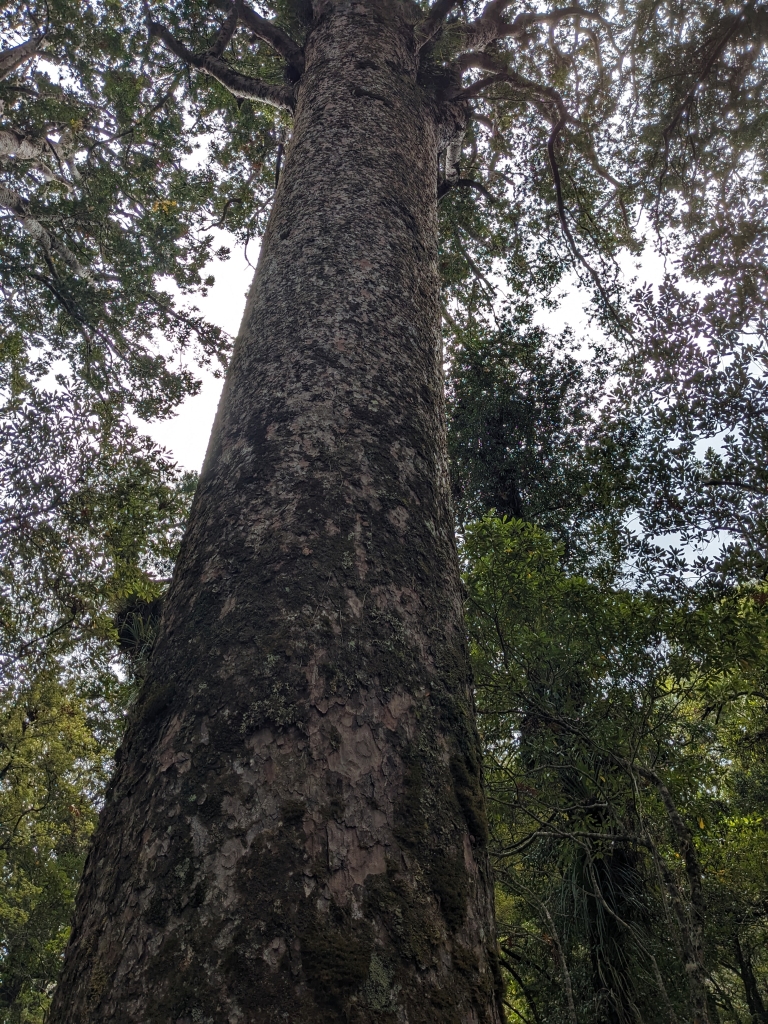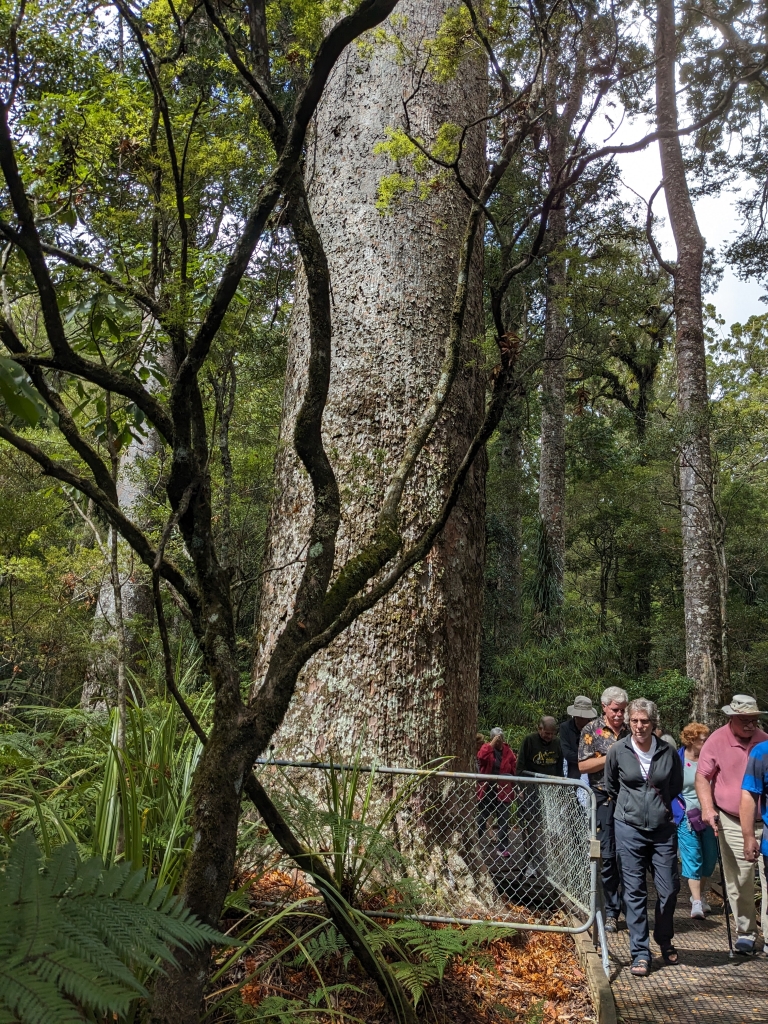This is our last stop in New Zealand. Waitangi is where the Treaty of Te Hono Hawaiki was signed. It is where the first British governor lived. It’s where most of the Maori chiefs gathered for the treaty signing. In a very real sense, it was the beginning of the modern New Zealand. This is where the most extensive museum of modern New Zealand history is sited. So of course we decided to see glow worms. We selected most of our excursions 6 months ago or more. We had no idea of what the Hawaiki treaty was. There were no excursions to this museum because if you want to visit it, you walk less than 100 yards from the tender port to the museum entrance. But we have no regrets about missing this most comprehensive and most expensive museum. We have seen many exhibits about the Maori and early NZ. I keep on thinking of the spray painted extract of the English version of the treaty in Wellington. Certainly, this subject is under lively discussion to this day.
The glow worms live in a cave. To access the cave, one takes a bus ride. Our bus ride made a rest stop at the Hundertwasser Toilets. These are billed as the most photographed toilets in the world. I’m not sure whether anybody believes the claim but the toilets are certainly unusual. Not as unusual as Glenn’s “Urinals of Ireland”, but unusual in their own way.

When we got to the cave, I took one look and decided not to go in. Danita came back very excited about seeing the glow worms. If you want to know anything about them, you really should ask her.
Our third stop was the Manginangina Forest. This was a most impressive stop. This most northern part of the North Island has a slow growing tree that can be very old, produces excellent wood, and becomes very big. The difference between this tree and the tree we saw many days earlier (besides having different names) is that this tree is not as tall. Instead, it grows by increasing the diameter of the trunk. Also, the trees we saw were only 1200 years old or so. I don’t know how long they can live.

Our guide was a very active volunteer, heavily invested in protecting this uniquely New Zealand forest. He explained that the trees are now protected, but the forest is unhealthy because of non-indigenous predators. They extensively trap small mammals. They are trying to build a similar forests in small, uninhabited islands. Our guide says they want to eliminate predictors from NZ by 2050. That sounds like an ambitions goal, but I certainly wish him the best.

Our next two days are sea days. I hope this finds everybody doing well.
